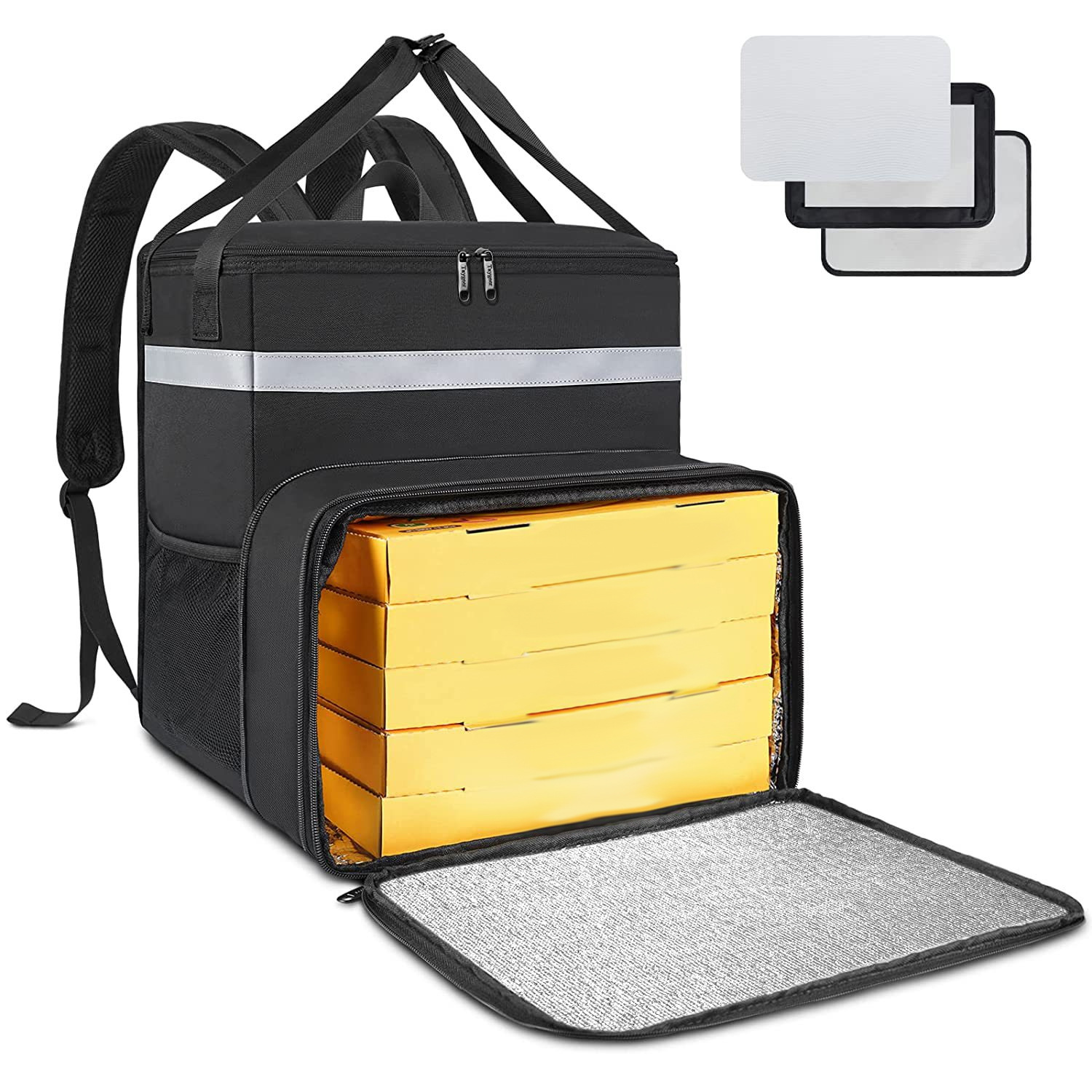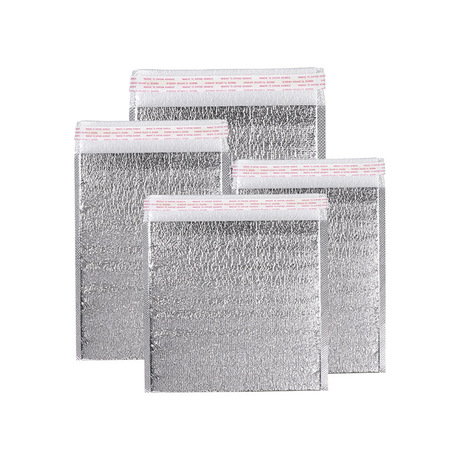A frozen ice pack typically consists of the following main components, each with specific functions to ensure that the frozen ice pack effectively maintains low temperatures:
1. Outer layer material:
-Nylon: Nylon is a durable, waterproof, and lightweight material suitable for frozen ice bags that require frequent movement or outdoor use.
-Polyester: Polyester is another common durable material commonly used for the outer shell of frozen ice bags, with good strength and wear resistance.

2. Insulation layer:
-Polyurethane foam: It is a very effective insulating material, and is widely used in frozen ice bags due to its excellent heat retention ability.
-Polystyrene (EPS) foam: also known as styrene foam, this lightweight material is also commonly used in refrigeration and frozen products, especially in one-time refrigeration solutions.
3. Inner lining:
-Aluminum foil or metallized film: These materials are commonly used as linings to help reflect heat energy and enhance insulation effects.
-Food grade PEVA: This is a non-toxic plastic material commonly used for the inner layer of ice packs, ensuring safe contact with food.

4. Filler:
-Gel: The commonly used filler for frozen ice bags is gel, which usually contains water, polymers (such as polyacrylamide) and a small amount of additives (such as preservatives and antifreeze). These gel can absorb a lot of heat and slowly release the cooling effect after freezing.
-Salt water solution: In some simple ice packs, salt water may be used as a coolant because the freezing point of salt water is lower than that of pure water, providing a more long-lasting cooling effect.
When choosing frozen ice packs, it is important to ensure that the selected product materials are safe, environmentally friendly, and can meet your specific needs, such as food preservation or medical purposes. Meanwhile, consider the size and shape of the ice packs to ensure they are suitable for your container or storage space.






















